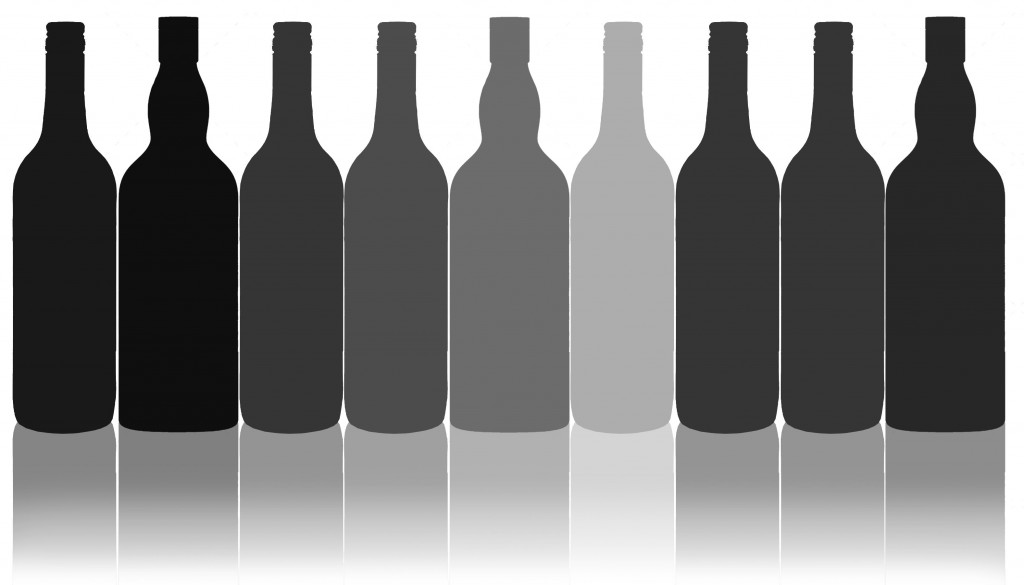 Following the discussion on the impact of the grey market on travel retail spirits sales initiated in Travel Markets Insider last year, a group of traders requested to air their side of the story. The following is a candid and articulate examination of the grey marketplace from a key European-based businessman, with information from other European traders included.
Following the discussion on the impact of the grey market on travel retail spirits sales initiated in Travel Markets Insider last year, a group of traders requested to air their side of the story. The following is a candid and articulate examination of the grey marketplace from a key European-based businessman, with information from other European traders included.
To get one thing straight, it was brand owners themselves who created the term ‘grey’ market in order to intimidate consumers into thinking they were buying something inferior and illegal. This was done because it sounded like ‘the black market,” which had other connotations. The parallel market has been alive mainly since the 1970s when tobacco products were the first to create the parallel market by over-supply to their agents and even create new markets as a cover for increased sales in a very competitive situation. Then in the 1980s, the grey market concept spread into liquor products and perfumes and cosmetics, as well as just about every other category as brand owners pushed for more and more sales.
Such was the pressure for sales that in the 1970s and even 1980s brand owners were giving ‘cash’ discounts of up to 5%. On top of the over-supplying, this provided sufficient margin for parallel trading. Severe currency fluctuations over this period also provided a very big incentive for cross-border trading. Also at this particular time, brand owners did not have wholly owned subsidiaries, and they dealt with third party agents. Many good agents (many of them being family businesses) lost their major brands and became very resentful, even to this day; whereas executives of present day brand owners are totally unaware of this. Furthermore, there is much greater movement of executives in liquor companies nowadays compared to 20-30 years ago. Such short-sighted ambition gives rise to the need for quick results (and bonuses). Even those that switch between geographical regions within a company are only concerned with making a quick impact (and of course the bonus).
More recently, technology has made trading easier and to a certain extent, more transparent. But corporate pressures ensured sales targets were set higher and higher, with more attention focused on the Company Stock Market price than it was on parallel trading issues.
The main benefactor of this is the consumer who receives the ability to buy the exact same product at a cheaper price. Consumers are now much more aware of fake products and know a bargain when they see one.
No brand owner would officially sanction such parallel trading for legal reasons. But unofficially, brand owners use it every day. The essential word is ‘control.’ Several brand owners have learned to control the parallel market for their own benefit. They allow a limited supply of parallel traded products to be released onto the market at specific times (usually before the end of the trading tax year!); sometimes, even newly released products are released to the parallel market to give them a boost. Let’s be frank – the brand owner sets the selling price but the pressure for extra sales intoxicates them.
In the Travel Retail sector, all business is done through third parties. Many executives are much more accustomed to dealing with their intra-company ‘cousins,’ and are not used to dealing with these ‘Travel Retail traders’ – people who can delist their products, unlike their cozy corporate family.
Brand owners force the big Travel Retail operators to vastly increase sales and offer them massive discounts, incentives, and ‘promotional activities.’ The result being that in certain circumstances – not directly activated by the Travel Retail operator – some of the products enter the parallel market. Will the brand owner stop supplying the major TR operator?????
No brand owner makes a profit from its Travel Retail operations after taking into consideration all the costs involved and such low profit margins per brand.
Conclusion: parallel trading has been going on for years and has now evolved into a thriving business, which is in part supported/tolerated by the brand owners for their own purposes.
Gone are the shady dealers operating from a mobile phone. Trading companies are now very competitive employing well-educated executives and with modern facilities.
Technology has now made this a necessity and indeed a global business.









